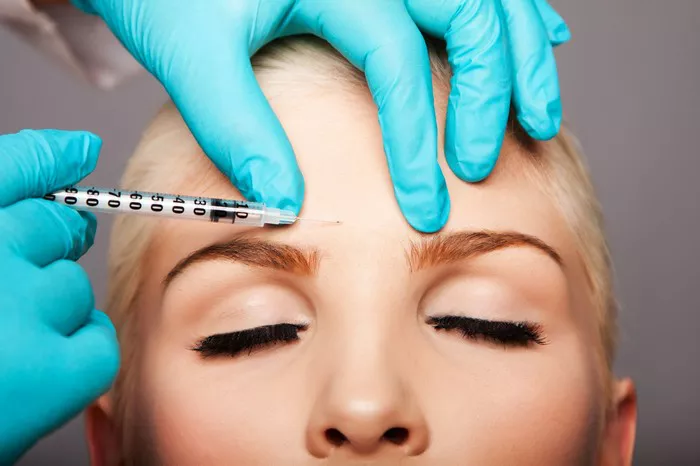Botox, a popular cosmetic treatment used to reduce the appearance of wrinkles and fine lines, is known for its effectiveness and minimal downtime. However, it’s common for individuals to experience some swelling after receiving Botox injections. Understanding the duration and potential causes of swelling can help manage expectations and ensure a smooth recovery. In this article, we will explore how long swelling typically lasts after Botox and provide insights on what to expect during the healing process.
Understanding Botox and Swelling
Botox is an injectable treatment that utilizes a purified form of the botulinum toxin to temporarily relax specific muscles and reduce the appearance of wrinkles caused by facial expressions. While Botox injections are generally safe and well-tolerated, it’s normal to experience some swelling and redness at the injection site immediately after the procedure. Swelling is a natural response of the body to the injection and typically subsides within a few hours to a few days.
Immediate Swelling After Botox
1. Direct Injection Site Swelling
Immediately after receiving Botox injections, it’s common to experience swelling at the injection sites. This swelling occurs due to the introduction of the solution into the targeted muscles and the associated immune response. The amount and duration of swelling can vary depending on factors such as the individual’s skin sensitivity, the area being treated, and the technique used by the injector.
2. Fluid Accumulation
In some cases, fluid accumulation can contribute to swelling after Botox. This can occur when the injected solution affects the blood vessels or disrupts the lymphatic system’s normal functioning temporarily. Fluid accumulation usually resolves within a few days as the body reestablishes its natural balance.
Duration of Swelling After Botox
The duration of swelling after Botox can vary from person to person and depends on several factors. While immediate swelling generally subsides within hours, residual swelling may persist for a few days.
1. Immediate Swelling Duration
The immediate swelling that occurs at the injection sites usually resolves within a few hours. Applying a cold compress or ice pack to the treated areas immediately after the procedure can help minimize swelling and speed up the recovery process. The injector may also provide specific post-treatment instructions to reduce swelling.
2. Residual Swelling Duration
Residual swelling, which refers to the mild swelling that lingers after the immediate post-injection period, typically lasts for a few days. This type of swelling may be accompanied by mild bruising or redness. It’s important to note that individual responses can vary, and some individuals may experience little to no residual swelling.
Tips for Managing Swelling After Botox
While swelling after Botox is a normal part of the healing process, there are steps you can take to manage and minimize its duration.
1. Apply Cold Compresses or Ice Packs
Using cold compresses or ice packs immediately after the procedure can help reduce swelling. Wrap the ice pack in a clean cloth and apply it gently to the treated areas for short periods, taking breaks in between. Avoid direct contact with ice or cold packs, as extreme cold can damage the skin.
2. Avoid Touching or Massaging the Treated Areas
To prevent further irritation or complications, refrain from touching or massaging the treated areas. Rubbing or applying pressure can potentially spread the injected solution and lead to prolonged swelling or other unwanted side effects.
3. Follow Post-Treatment Instructions
Your injector will likely provide specific post-treatment instructions to optimize your healing process. These instructions may include avoiding strenuous exercise, limiting alcohol consumption, and refraining from using certain skincare products or medications. Adhering to these guidelines can help promote a smoother recovery and minimize swelling.
4. Be Patient
Swelling after Botox is temporary and part of the normal healing process. It’s important to remain patient and allow your body time to recover. In most cases, residual swelling will resolve within a few days, and you will begin to see the full results of your Botox treatment.
When to Consult Your Injector
While swelling after Botox is typically a normal and temporary side effect, there are instances where it’s advisable to consult your injector. If you experience severe or prolonged swelling, significant pain, or any other concerning symptoms, reach out to your healthcare provider. They can evaluate your condition and provide appropriate guidance or treatment if necessary.
Conclusion
Swelling after Botox is a common occurrence and typically resolves within a few hours to a few days. Immediate swelling at the injection sites is a natural response to the procedure, while residual swelling may persist for a short period. By following post-treatment instructions, applying cold compresses, and being patient, you can effectively manage and minimize swelling after Botox. Remember, if you have any concerns or experience severe or prolonged swelling, it’s always best to consult your injector for professional advice.


